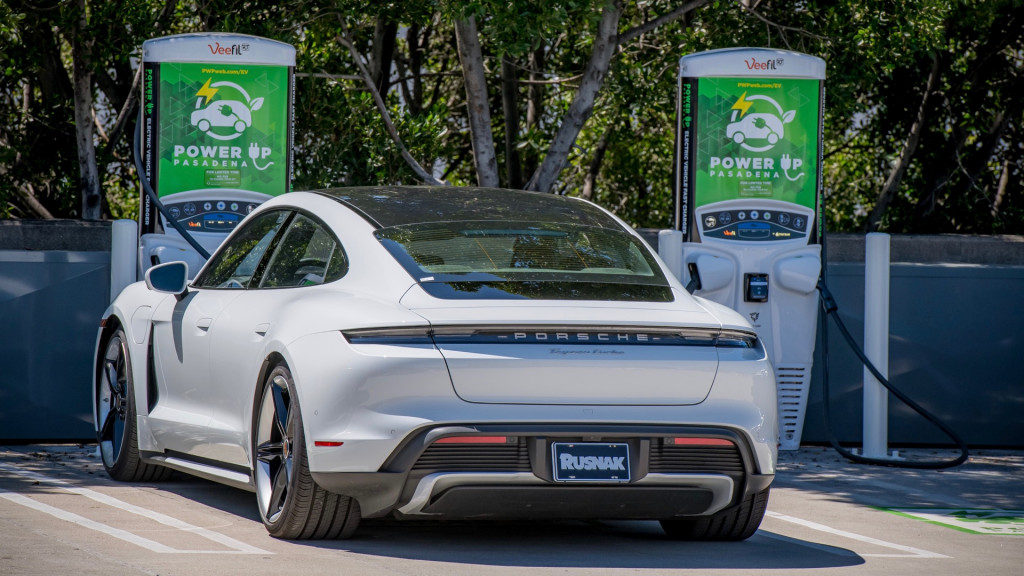- One waiver allows California to set stricter rules for new vehicles—progressively mandating EVs
- A second EPA waiver green-lights the state’s heavy-duty vehicle emissions rules
- Trump may attempt to withdraw the waiver, continuing the regulatory ping-pong
The EPA on Wednesday granted two requests from the California Air Resources Board (CARB) to implement and enforce the state’s Advanced Clean Cars II (ACC II) that set a course for ending sales of most new gasoline cars by 2035.
California drafted these rules, which would ban all new vehicles with combustion engines except for plug-in hybrids with substantial electric range, under its Clean Air Act waiver, which lets the state enact emissions rules stricter than the federal standards. Several states follow California’s emissions rules and are expected to do the same with ACC II—if California’s emissions authority survives likely attempts by the incoming Trump Administration to reverse it.
For now, the EPA has acknowledged California’s independence regarding the ACC II standards, which cover light-duty and medium-duty vehicles for model years 2026 to 2035. The second waiver granted by the EPA relates to California’s “Omnibus” regulations for heavy-duty vehicle emissions which, like ACC II, set stricter targets than those of the federal government.
Marengo Charging Plaza, Pasadena, California
The move received predictable praise from environmental groups, including the U.S. Climate Alliance, a bipartisan coalition of governors. Together, the California-emissions states represent 60% of the U.S. economy and 55% of the U.S. population, according to the organization.
“This action means cleaner air in our communities, lower costs and expanded choice for consumers, and more good-paying jobs and investment in manufacturing across America,” U.S. Climate Alliance executive director Casey Katmins said in a statement.
In addition to California, Oregon, Washington State, New York, Massachusetts and Vermont have adopted ACC II starting with the 2026 model year, while Colorado, New Jersey, Delaware, Rhode Island, New Mexico and Maryland have signed on for the 2027 model year. These states represent a significant portion of new-car sales.

Marengo Charging Plaza, Pasadena, California
As noted by The Washington Post, industry trade group the Alliance for Automotive Innovation said in a memo last week that the states following California’s lead here are part of an “unaccountable, unachievable regulatory wormhole.” That’s less because of the legitimacy of California’s regulatory move because of where those states rules might stand in another likely challenge to California’s emissions authority by the second Trump Administration.
Under the previous Trump administration, the EPA was headed by a former coal lobbyist and aimed to withdraw the waiver enabling California’s emissions authority in 2019. Under the Biden Administration, the EPA planned to reinstate it in 2021—with public input. This past week the Supreme Court rejected a challenge from the oil and gas industry, also seeking to withdraw the waiver, but that doesn’t rule out future challenges.
Although it’s unclear whether Trump will ultimately attack states’ rights by once again meddling with California’s waiver, he’s emphasized that he may nix some of the Biden administration’s policy supporting EVs.
Read the full article here



